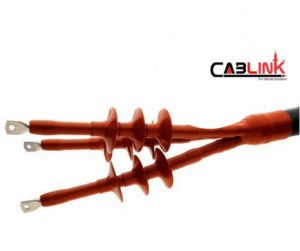
Cable testing tools are important set of items in any electrician’s tool kit. Among the several functions that can be performed with it, one of the most important one is that of testing a new network cable system after its installation. There are many things that may not be done right while the network cable is being installed like damage occurring to the cables, breakdown of insulation or improper cable terminations. Certain external factors such as environmental components or electrical disturbances can also play havoc with the network execution. Normally, after the completion of the installation project, a report has to be prepared stating whether every cable fulfils the required parameters or not.
Cable testing is necessary as that gives assurance to the client about the completion of the job as per the laid down standards. It also eliminates the need for the client to call the installation executive for any problems that may arise right after the installation job is done. The number of parameters that have to be fulfilled by the network cable as it is being tested will depend upon the application for which it is used. If the installation involves telephone cables then lesser parameters are needed to be fulfilled. On the other hand, Category 6 or Category 5e data cable will need compliance of stringent and detailed testing parameters to ensure that it functions effectively.
Various grades of cable testers are available in the market. Smaller cable testers are not very costly and involve a wire mapping tool. This tool is useful to verify for open pairs, shorts and swaps. Open pairs consists of wires on either ends which are not joined as they are not put right through into the terminating pins. These lower grade testers are also used to ascertain the continuity and to know if a cable is fixed into a switch port. In order to maintaining continuity for long length cables, cable jointing kits are available in the market. Branch joint, PILC joint or transition joint types come into this. The more expensive variety of testers are used for testing the length of cable. However, it is always wise not to exceed the cable limits that are allowable for any networking project. The testing parameters depend upon the kind of network project that is being installed and the variety of cable used for it.
Another factor that can be detected through cable testing is the occurrence of attenuation. The situation wherein signals get degraded in the course of transmission across the cable lines is known as attenuation. Loss of signal can take place in case this factor increases to a great extent in a network connection. Cable testing after installation is therefore very essential in order to verify that the required quality and data speed is being delivered or not. This will definitely help the company to avoid any cable problems that may arise soon after the installation and prevent the incidences of call backs. And all this will lead to enhancement of the professional image of your company.